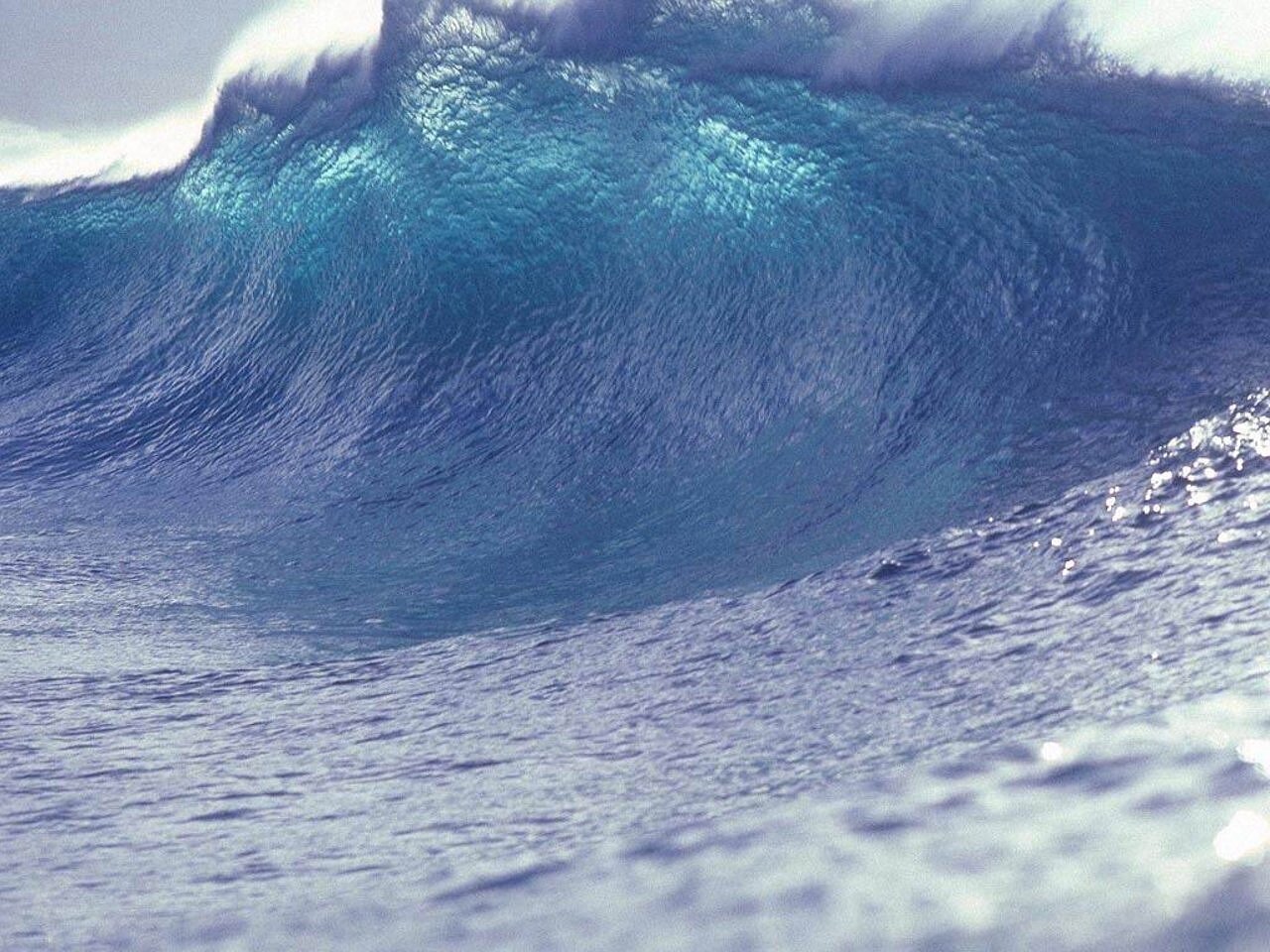California Tsunami Preparedness: Understanding The Severity Of Potential Damage

Welcome to your ultimate source for breaking news, trending updates, and in-depth stories from around the world. Whether it's politics, technology, entertainment, sports, or lifestyle, we bring you real-time updates that keep you informed and ahead of the curve.
Our team works tirelessly to ensure you never miss a moment. From the latest developments in global events to the most talked-about topics on social media, our news platform is designed to deliver accurate and timely information, all in one place.
Stay in the know and join thousands of readers who trust us for reliable, up-to-date content. Explore our expertly curated articles and dive deeper into the stories that matter to you. Visit Best Website now and be part of the conversation. Don't miss out on the headlines that shape our world!
Table of Contents
California Tsunami Preparedness: Understanding the Severity of Potential Damage
California's stunning coastline, while breathtaking, sits on the edge of the Pacific Ring of Fire, a region prone to significant seismic activity. This means the state faces a real and present danger of tsunamis, making preparedness crucial for residents and visitors alike. Understanding the potential severity of tsunami damage is the first step in safeguarding lives and property.
The Cascadia Subduction Zone: A Major Threat
The most significant threat to California comes from the Cascadia Subduction Zone (CSZ), a 600-mile-long fault line running off the coast of the Pacific Northwest. A major earthquake along this fault could generate a devastating tsunami, impacting the entire California coastline. While the exact timing of such an event is unpredictable, scientists agree it's not a matter of if, but when.
Types of Tsunami Damage:
Tsunami damage isn't limited to just coastal flooding. The destructive power of these massive waves can manifest in several ways:
-
Inundation: The overwhelming force of water flooding coastal areas, destroying buildings, infrastructure, and sweeping away anything in its path. The height and reach of the inundation will vary depending on the tsunami's size and the local geography.
-
Erosion: The powerful currents erode beaches, cliffs, and riverbanks, leading to significant land loss and instability.
-
Debris Impact: The tsunami carries a massive amount of debris – cars, buildings, trees – which causes further damage as it's hurled inland.
-
Structural Damage: Buildings, bridges, and other structures can be completely destroyed or severely damaged by the force of the water and the debris.
-
Loss of Life: Sadly, tsunamis cause significant loss of life, either through drowning or being struck by debris.
Understanding Your Risk:
The severity of potential damage varies significantly along the California coast. Areas closer to the epicenter of a potential earthquake and those with low-lying coastal plains are at higher risk of significant inundation. It's crucial to understand your specific risk level by:
- Checking your local tsunami evacuation zone: The California Governor's Office of Emergency Services (Cal OES) provides detailed maps of evacuation zones. [Link to Cal OES tsunami information]
- Participating in community preparedness drills: Regular drills familiarize residents with evacuation routes and procedures.
- Developing a family emergency plan: This plan should include meeting points, communication strategies, and evacuation routes.
Preparedness is Key:
While predicting the precise timing and magnitude of a tsunami is impossible, being prepared significantly increases your chances of survival and minimizes the potential damage. Key preparedness steps include:
- Developing a family evacuation plan: Know your evacuation routes and designated meeting points.
- Creating a go-bag: Pack essential supplies like water, food, medications, and important documents.
- Understanding tsunami warning signs: Learn to recognize the warning signs, such as a strong earthquake or unusual receding of the ocean.
- Staying informed: Monitor official sources for tsunami warnings and advisories.
Conclusion:
The potential for tsunami damage in California is real and significant. By understanding the severity of potential impacts and actively engaging in preparedness activities, Californians can significantly reduce their risk and protect themselves and their communities. Don't wait for a disaster to strike – prepare today. Learn more about tsunami safety and preparedness from reputable sources like the National Oceanic and Atmospheric Administration (NOAA). [Link to NOAA tsunami information] Your life may depend on it.

Thank you for visiting our website, your trusted source for the latest updates and in-depth coverage on California Tsunami Preparedness: Understanding The Severity Of Potential Damage. We're committed to keeping you informed with timely and accurate information to meet your curiosity and needs.
If you have any questions, suggestions, or feedback, we'd love to hear from you. Your insights are valuable to us and help us improve to serve you better. Feel free to reach out through our contact page.
Don't forget to bookmark our website and check back regularly for the latest headlines and trending topics. See you next time, and thank you for being part of our growing community!
Featured Posts
-
 Snap Stocks Steep Fall Predicting A Comeback In 2025
Jun 10, 2025
Snap Stocks Steep Fall Predicting A Comeback In 2025
Jun 10, 2025 -
 90 Crash Will Snap Stock See A Resurgence By 2025
Jun 10, 2025
90 Crash Will Snap Stock See A Resurgence By 2025
Jun 10, 2025 -
 Exclusive Club Shai Gilgeous Alexander Among Nbas 3 000 Point Scorers
Jun 10, 2025
Exclusive Club Shai Gilgeous Alexander Among Nbas 3 000 Point Scorers
Jun 10, 2025 -
 Scouting Report Roman Anthonys Impressive 497 Foot Homer Highlights Potential
Jun 10, 2025
Scouting Report Roman Anthonys Impressive 497 Foot Homer Highlights Potential
Jun 10, 2025 -
 Sovereigntys Belmont Stakes Win Completes Triple Crown Bid
Jun 10, 2025
Sovereigntys Belmont Stakes Win Completes Triple Crown Bid
Jun 10, 2025
